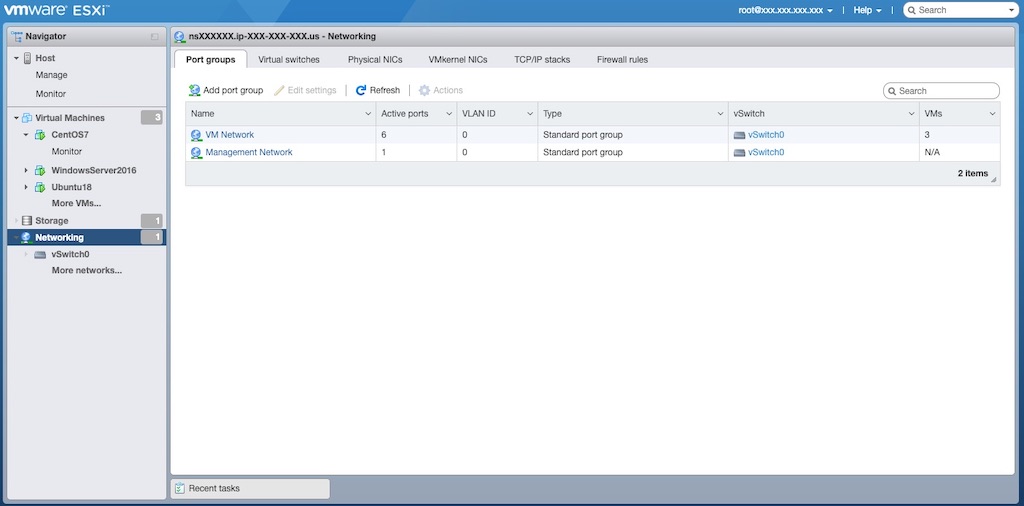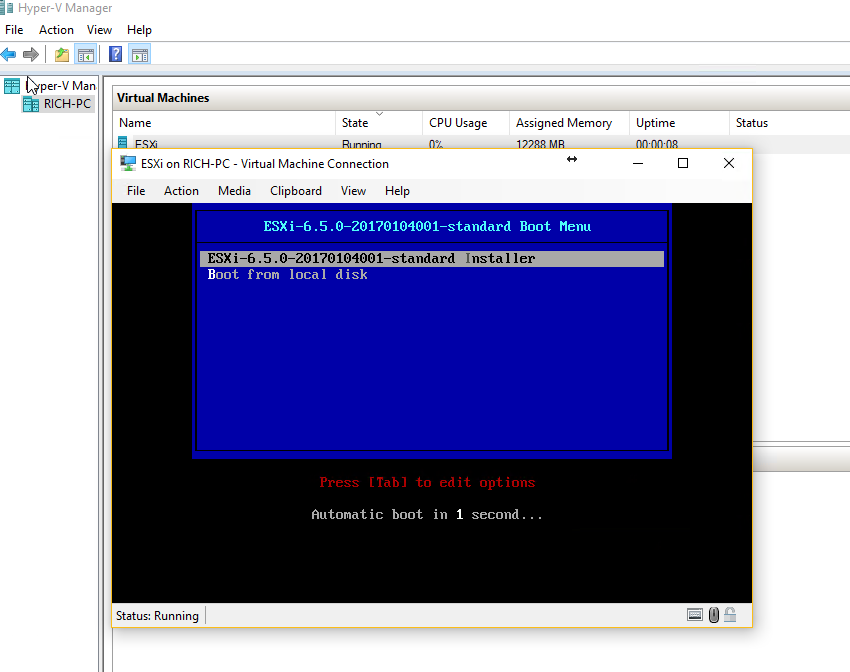

My first attempt to fix the problem failed as I used the IP address of the iSCSI vmkernel interface as the destination.Īdd (incorrect) static route using vmkernel interface as esxcfg-route -add 10.1.6.0/24 10.2.6.10Īdding static route 10.1.6.0/24 to VMkernel
#Add route vmware esxi 5 mac
Interface Port Group/DVPort/Opaque Network IP Family IP Address Netmask Broadcast MAC Address MTU TSO MSS Enabled Type NetStack This does not change (long lines wrapped). All VLANs and subnets are defined on a single Cisco router/switch which means that all routes are directly connected.Ĭonfiguration of vmkernel interfaces.In my lab 10.2.0.0/16 is meant to represent a remote site.

#Add route vmware esxi 5 driver
After handling the driver part, the next step is to inject that driver in the ESXi ISO. Compiling the driver is not just a click and next operation, but it gets the job done. As a last resort, if none of the above proved successful, you will have to compile your own driver using the ESXi Community Packaging Tools.

If not, well… search the internet and maybe someone compiled a driver for that specific hardware. Having this information, the next step is to search the vendor’s web site and see if they released a driver in one of those two formats for your specific component (network adapter, storage controller).
#Add route vmware esxi 5 drivers
You can’t just use drivers like you would in Windows, by right-clicking an.

Now don’t get to excited because you still have some work to do on the driver side. Using ESXi Customizer which by the way is a graphical tool, you can inject drivers in the ESXi ISO. If the problem persists, consult the VMware Knowledge Base. A third party driver may be required.Įnsure that there is at least one network adapter physically connected to the system before attempting installation. Either no network adapters are physically connected to the system, or a suitable driver could not be located. If the driver is missing an error message is displayed and installation cannot continue: Usually the storage and the network drivers are the problem here, especially the network, since is the first one that is checked during an ESXi installation. How many times you needed to inject drivers in your ESXi image because they are missing for your specific component? A lot of times I bet, especially if you have new hardware or servers build using custom components in order to make a home lab.


 0 kommentar(er)
0 kommentar(er)
